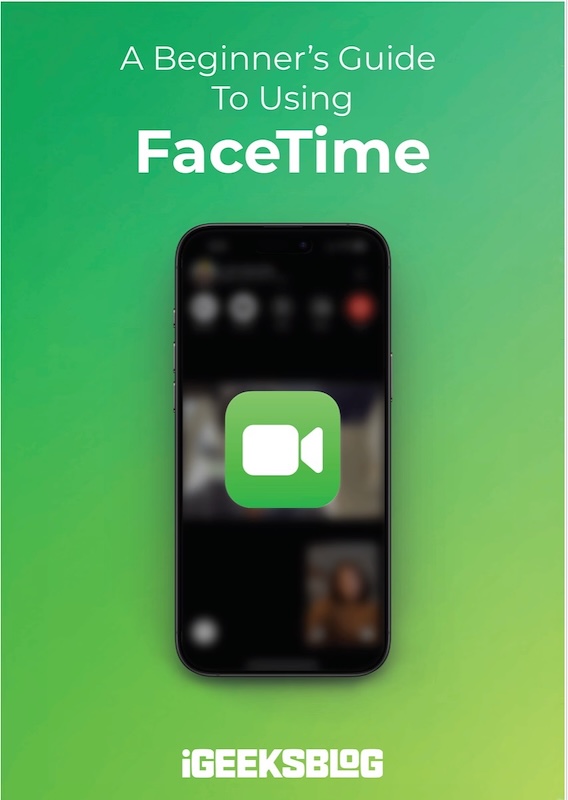
FaceTime Like a Pro
Get our exclusive Ultimate FaceTime Guide 📚 — absolutely FREE when you sign up for our newsletter below.

FaceTime Like a Pro
Get our exclusive Ultimate FaceTime Guide 📚 — absolutely FREE when you sign up for our newsletter below.
Curious about Apple's in-house modems? Learn how the C1X and C1 chips are pushing performance, stability, and energy savings in modern iPhones.
Apple’s long-running push to build its own cellular modems is finally paying off. A recent comparison by YouTuber Stetson Doggett put four iPhones head-to-head on T-Mobile’s 5G and LTE networks, revealing that Apple’s C-series modems are closer than ever to Qualcomm’s industry-leading chips.
The lineup included four phones: the iPhone 16E with Apple’s C1, the iPhone Air with the upgraded C1X, the iPhone 16 Pro with Qualcomm’s X71, and the iPhone 17 Pro Max with Qualcomm’s latest X80. All were tested in identical conditions across T-Mobile’s 5G Ultra Capacity and LTE networks.
While Qualcomm still hit the top speeds on paper, Apple’s results were surprisingly close. The C1X modem in the iPhone Air reached 1,374 Mbps down and 101 Mbps up, just shy of the X80’s 1,457 Mbps down and 120 Mbps up. The C1 on the iPhone 16E managed 1,135 Mbps down and 114 Mbps up, while the X71 on the iPhone 16 Pro clocked 1,297 Mbps down and 93 Mbps up.
But raw peak numbers tell only part of the story. When averaged over multiple runs, the iPhone Air’s C1X averaged around 1,216 Mbps, beating even the X80’s 875 Mbps average in some runs. That steadier performance matters more for real-world reliability, as it shows Apple’s modem maintaining consistent speeds even when network conditions fluctuate.
In LTE tests, Qualcomm still held a narrow lead. The iPhone 16 Pro’s X71 hit a 300 Mbps peak, slightly above Apple’s C1 and C1X modems, which averaged between 244 and 252 Mbps. The iPhone 17 Pro Max’s X80 averaged 236 Mbps, trailing unexpectedly. That suggests Qualcomm retains an advantage in older networks, though Apple’s gap is closing fast.
Under weak signal conditions, the results flipped. The X80 showed strong stability, averaging around 96 Mbps while maintaining a reliable 5G link. The C1X, meanwhile, stayed close behind with about 70 Mbps, while older modems saw more drop-offs. This indicates Apple’s newer designs are improving connection resilience — a key factor when coverage gets spotty.
Performance aside, Apple’s biggest win is efficiency. According to Apple, the C1X modem delivers similar throughput to Qualcomm’s X71 while consuming 30% less power. That improvement directly impacts battery life, especially in scenarios where your phone constantly searches for a signal.
Because Apple designs both the modem and iOS, it can fine-tune how the modem interacts with the system, optimizing for thermal control and endurance. Qualcomm’s chips still lead in sheer speed under ideal conditions, but Apple’s balance of power and stability shows a more user-focused approach.
These results highlight how much progress Apple has made in just two modem generations. The C1X proves Apple can nearly match Qualcomm’s flagship chips while improving energy efficiency and reliability. If the trend continues, future iPhones could rely entirely on Apple’s in-house modems, giving the company full control over performance, power, and connectivity.
For users, this means more consistent speeds, longer battery life, and fewer dropped connections, the kind of progress you actually notice every day. Qualcomm might still win on benchmarks, but Apple’s C-series is redefining what matters most in real-world use.